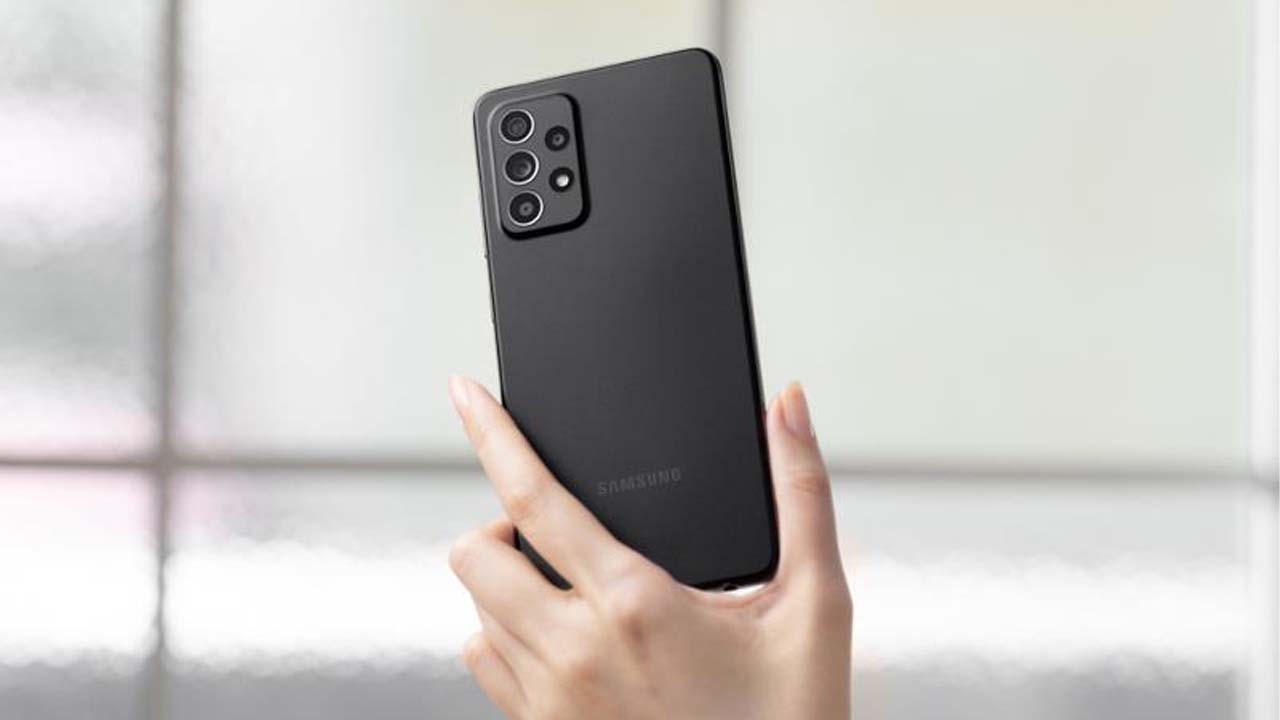Key Points:
- Powerful Snapdragon chip boosted Galaxy A52s sales despite higher price.
- Samsung’s Exynos 990 failure in high-end phones led to buyer distrust in the mid-range.
- A52s became a “safe bet” in a chip shortage and uncertain economy.
The Galaxy A52s, released in 2021, remains a popular mid-range phone even today. While its success is often attributed to price, features, and display, a lesser-known factor played a significant role: the failure of Samsung’s Exynos 990 chip.
The Butterfly Effect of a Flop Chip
The A52s undoubtedly benefited from the global chip shortage, receiving a more powerful Snapdragon 778G chip than originally planned. However, another external factor propelled it to unexpected heights.
The Exynos 990, intended for the high-end Galaxy S20 series, was a critical failure. Its inferior performance compared to the Snapdragon 865 and outdated CPU cores created a ripple effect of distrust towards Exynos chips, even in the mid-range market.
While Samsung’s previous mid-range offering, the Galaxy A51 5G, used the Exynos 980 chip, it wasn’t enough to quell buyer concerns. The A52s, equipped with the superior Snapdragon chip, became a “safe bet” for value-conscious buyers, willing to pay a premium for peace of mind.
A Perfect Storm for Success
The A52s’ success stemmed from a confluence of factors: a powerful chip in a chip-constrained market, buyer distrust in Exynos, and Samsung’s solid design choices. It became a reliable option in an uncertain economic climate.
While the Galaxy A55 is a worthy successor with a superior Exynos chip, the A52s’ story highlights how external forces can shape a phone’s success. In this case, a failing high-end chip inadvertently propelled a mid-range phone to stardom.



Leave a Reply